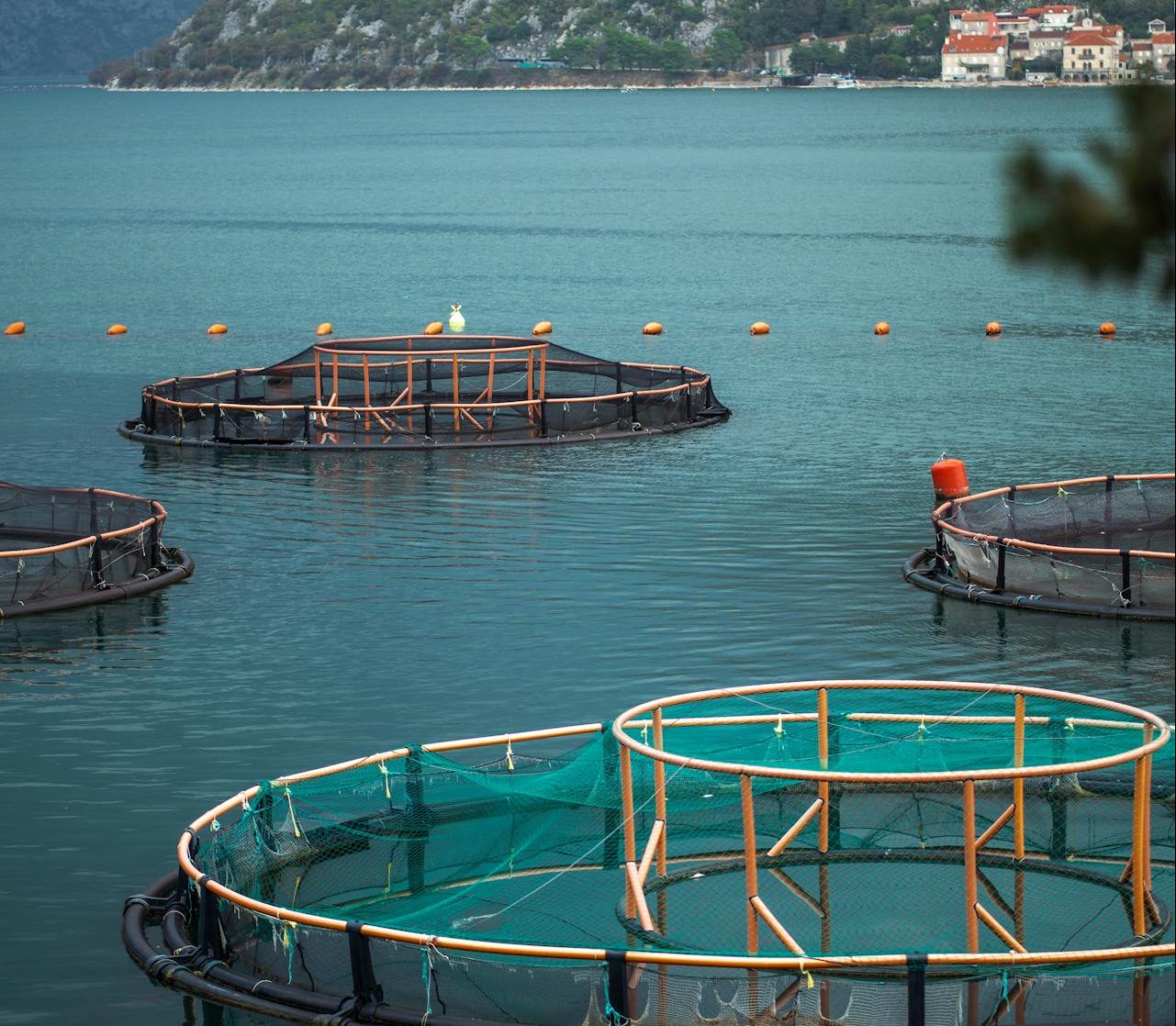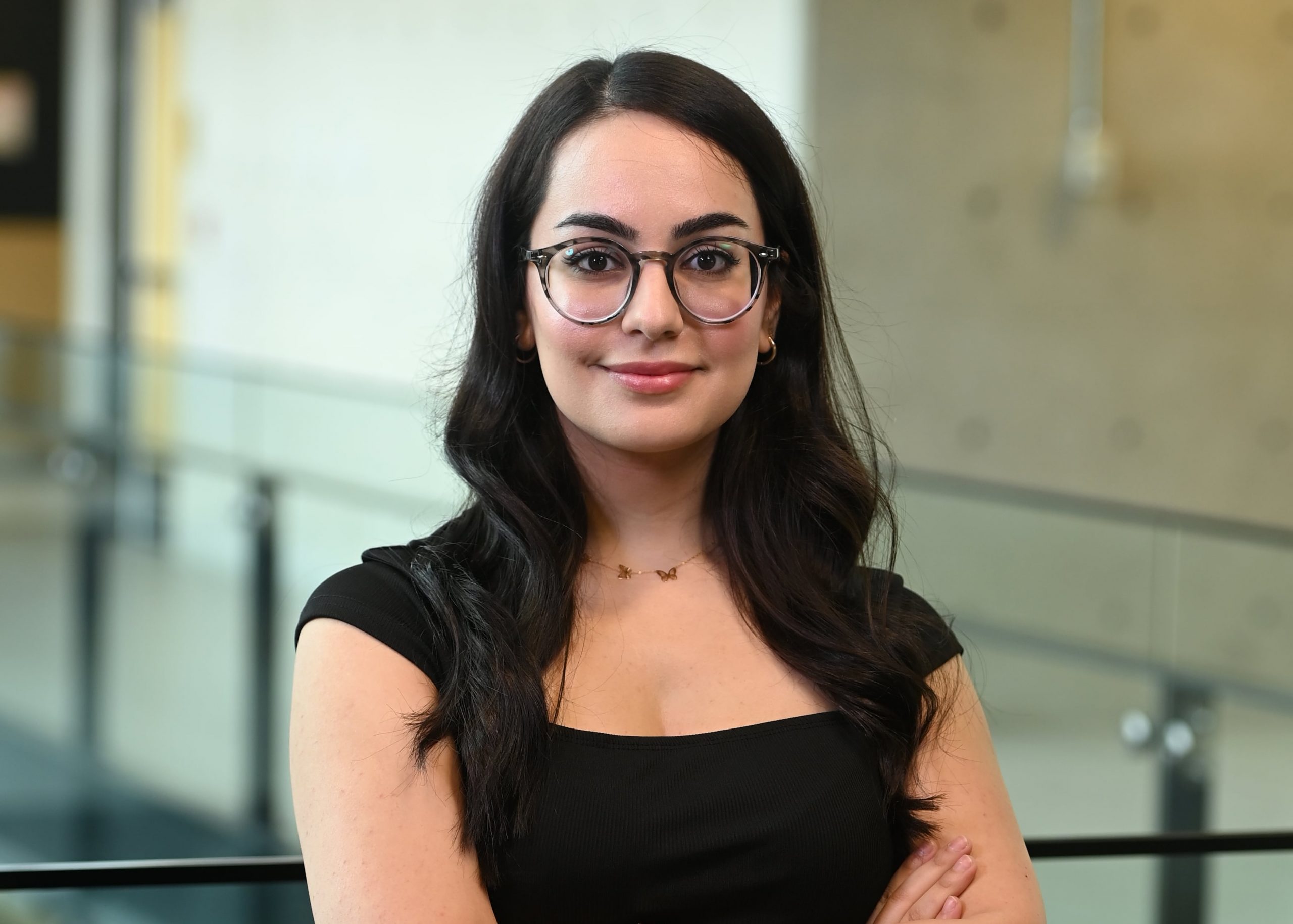
Imagine if every time you toss something away, it doesn’t just have to vanish into the trash. What if it could transform, taking on new life, or new purpose? Imagine if waste wasn’t an ending; what if it could be a beginning? This is the power of bio-circularity, a closed loop, sustainable way of thinking and doing where nothing is discarded, and everything is repurposed for the production of new products. In the world of aquaculture, one of the fastest-growing agricultural food production sectors on the planet, this concept isn’t just innovative. It’s essential to our future.
Bio-circularity goes beyond the traditional concept of recycling. It works to redesign systems so that waste becomes an important part of production. This approach is not just innovative; it’s essential for our future food security. In 2012, the European Commission proposed the term “Bioeconomy” referring to it as the conversion of renewable biological resources into economically viable products and bioenergy which is done through a closed-loop approach. Bio circularity fits perfectly within this sustainability approach.
As the global population races toward an estimated 9 billion people by 2050, the demand for protein sources like farmed fish will only intensify. Meeting this demand requires more sustainable production practices in aquaculture nutrition at both local and global scales. But significant challenges remain, particularly in aquaculture nutrition, fish feed production and fish health. Currently, the aquaculture industry is heavily reliant on the use of wild stock fish in the production of fish oil and fish meal required in fish feed production for protein and essential fats such as omega-3 fatty acids. Omega-3 fatty acids are crucial for fish health growth and development and are soley found within fish oils. These oils not only contribute to fish health but also play a crucial role in human cardiovascular and neurological health as well as fetal development. This continued dependence and reliance on limited natural resources to sustain farmed fish production is like trying to fill a bucket riddled with holes. It’s unsustainable for long term feasibility for both our oceans and aquaculture production. With that many mouths to feed in the coming decades, its crucial we find sustainable means of ensuring equal access to food resources whilst protecting our already fragile ecosystems. A circular approach focusing on reducing, reusing, recycling and repurposing is one path forward. Waste can be used directly as an energy resource for production or repurposed as a resource through the direct use of industry by-products such as hemp by products from the cannabis industry. By implementing these approaches, we can reduce water and land resource usage; this can lead to reductions in greenhouse gas production and emissions, and better industrial waste recycling for our current populations.
Now, imagine a future where waste isn’t seen as waste at all, but a resource. A world where the food we produce doesn’t deplete the planet but helps to nourish it. With the global population racing toward 9 billion by 2030, sustainable aquaculture isn’t just a choice—it’s our only path forward. By embracing bio-circularity, we can feed fish, reduce waste, and work towards a new era of sustainability—from egg to plate. Join me in my posts each month as we explore circularity and sustainability, discuss important questions and dispel myths within and surrounding aquaculture food production and farmed fish and its safety. The future is here. The question is: will we seize it?
Photo by Onur Burak Akın









